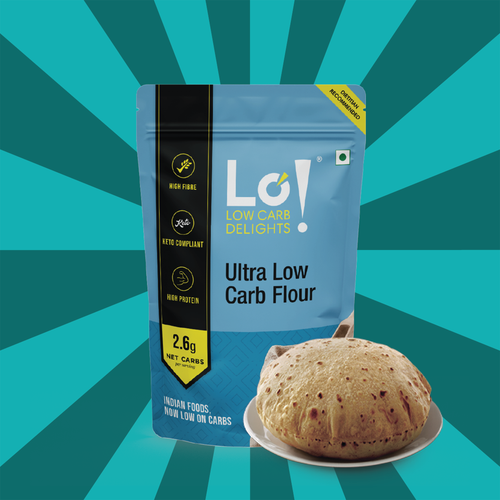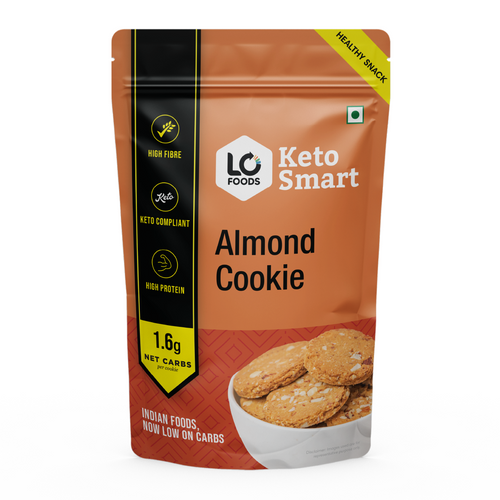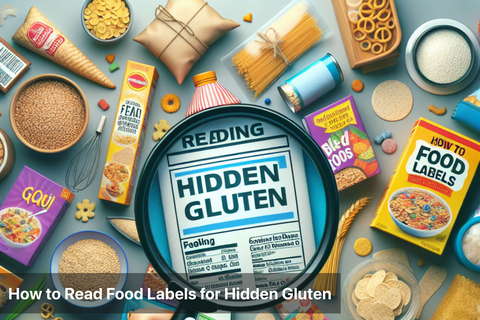
Dining Out on a Gluten-Free Diet: Tips for Eating at Restaurants
Adopting a gluten-free diet can be essential for people with celiac disease, gluten intolerance, or wheat allergies. However, maintaining this diet while dining out poses unique challenges—especially when navigating unfamiliar menus, cross-contamination risks, or social settings. Despite the rise in gluten-free awareness, many restaurants still struggle to accommodate this need correctly. For anyone trying to stay gluten-free while enjoying meals out, understanding how to manage these challenges can make the difference between a safe, enjoyable dining experience and unintended exposure to gluten.

What Is Gluten and Why Some People Avoid It
Gluten is a protein found in wheat, barley, rye, and their derivatives. While harmless for most, it can cause serious issues for others.
People with celiac disease, an autoimmune condition, experience inflammation and damage to the small intestine when they consume gluten. Those with non-celiac gluten sensitivity (NCGS) may experience similar symptoms without the intestinal damage. Additionally, wheat allergy can trigger immune reactions that require strict avoidance.
Recognizing the Symptoms of Gluten Sensitivity
It’s important to understand symptoms that may arise after accidental gluten ingestion:
-
Digestive issues: bloating, gas, diarrhea, or constipation
-
Skin problems: eczema, rashes, or acne-like breakouts
-
Neurological symptoms: brain fog, headaches, or mood changes
-
Fatigue: extreme tiredness unrelated to activity level
-
Joint pain or inflammation
Being aware of these symptoms is crucial, especially when evaluating how a restaurant meal may have affected your body.
Common Sources of Hidden Gluten in Restaurants
Many restaurant dishes contain hidden sources of gluten that aren’t obvious from the menu description. Watch out for:
-
Sauces and gravies: Often thickened with wheat flour or contain soy sauce with gluten
-
Fried foods: May be cooked in shared oil used for gluten-containing items
-
Seasoned meats: Marinated or processed meats might use gluten-containing binders
-
Salad dressings: Sometimes include malt vinegar or flour-based thickeners
-
Beverages: Beer, malted drinks, and some cocktails can contain gluten
Reading between the lines on menus is essential, and when in doubt, ask questions.
How to Read Menus Like a Pro
Restaurant menus aren’t always transparent about allergens. When reading a menu:
-
Look for a GF symbol, but confirm how the dish is prepared
-
Ask about prep methods: Even gluten-free items can be contaminated if cooked on the same surface as gluten-containing food
-
Skip ambiguous items: If ingredients or preparation methods aren’t clear, it’s safer to choose something simpler
When ordering salads, request oil and vinegar instead of dressing. For grilled items, ask if they’re cooked on a clean surface without breadcrumbs or sauce.
Cross-Contamination: A Hidden Danger
Cross-contamination occurs when gluten-free food comes in contact with gluten-containing ingredients or surfaces. Restaurants often lack dedicated equipment or prep areas, making this a real concern.
To minimize risk:
-
Call ahead to ask about their gluten-free protocols
-
Speak directly to the chef if possible
-
Avoid buffets or shared condiments, which are more likely to be cross-contaminated
-
Choose naturally gluten-free foods like grilled meats, steamed vegetables, and plain rice
Social Challenges and Dining Etiquette
Navigating social situations while maintaining a gluten-free diet can feel awkward or isolating, especially in group settings. However, you can maintain your dietary needs without sacrificing enjoyment.
-
Be proactive: Recommend restaurants that offer gluten-free options
-
Educate friends or family: A quick explanation can help them understand the importance of your restrictions
-
Bring a backup snack if you’re unsure about the meal
-
Politely advocate for your needs when ordering—most people will appreciate your directness
Confidence and communication are key to enjoying a safe and inclusive dining experience.
Restaurant-Friendly Gluten-Free Meal Options (Sample Table)
Here are a few dishes commonly found at restaurants that can usually be made gluten-free with minor adjustments:
|
Cuisine Type |
Gluten-Free Options (with modifications if needed) |
|---|---|
|
Indian |
Plain tandoori chicken, dal tadka, steamed rice (avoid naan) |
|
Mexican |
Corn tacos (check for pure corn), grilled meat, guacamole |
|
American Grill |
Grilled chicken or steak, baked potato, steamed vegetables |
|
Italian |
Risotto (confirm no wheat flour), gluten-free pasta if available |
|
Thai |
Stir-fried rice dishes (ask for tamari instead of soy sauce) |
This table provides practical examples to help you navigate various cuisines while dining out safely.
Psychological Impact of Strict Dietary Restrictions
Constant vigilance over food choices can lead to stress, social withdrawal, and decision fatigue. People on strict gluten-free diets may experience food anxiety, especially in unfamiliar dining environments. To support mental well-being:
-
Plan meals in advance
-
Share your concerns with loved ones or support groups
-
Allow flexibility where medically possible—distinguish between preferences and medical necessity
Maintaining mental balance is as crucial as following physical dietary guidelines.

Tips for Talking to Restaurant Staff
Effective communication can reduce risks when eating out. Some helpful strategies:
-
Use specific language: Say “I have a gluten allergy” even if it’s sensitivity—staff take allergies more seriously
-
Avoid yes/no questions: Instead ask, “What ingredients are in this sauce?”
-
Double-check with the server before eating anything questionable
A friendly but firm approach often works best to ensure safe food handling.
Summary
Dining out on a gluten-free diet doesn't have to be stressful or limiting. By understanding your body's needs, identifying hidden gluten sources, communicating effectively, and choosing meals wisely, you can enjoy eating at restaurants while staying healthy. Awareness of symptoms, cross-contamination risks, and emotional well-being are just as important as reading the menu. With the right strategies, gluten-free dining can be safe, delicious, and enjoyable—whether you're trying a new restaurant or sticking to your favorites.
This Blog post is an initiative by Lo! Foods, to provide accurate and Nutritionist / Doctor approved information related to Health. Lo! Foods is India's leading brand for Everyday Functional Foods. Foods designed for specific Health conditions or Needs. Lo! Foods also runs India's largest range of Low Carb Healthy Cloud Kitchens, under the brand names of Lo!, ProteinChef, ATH (All Things Healthy) and DiabeSmart.















Leave a comment
Your email address will not be published.